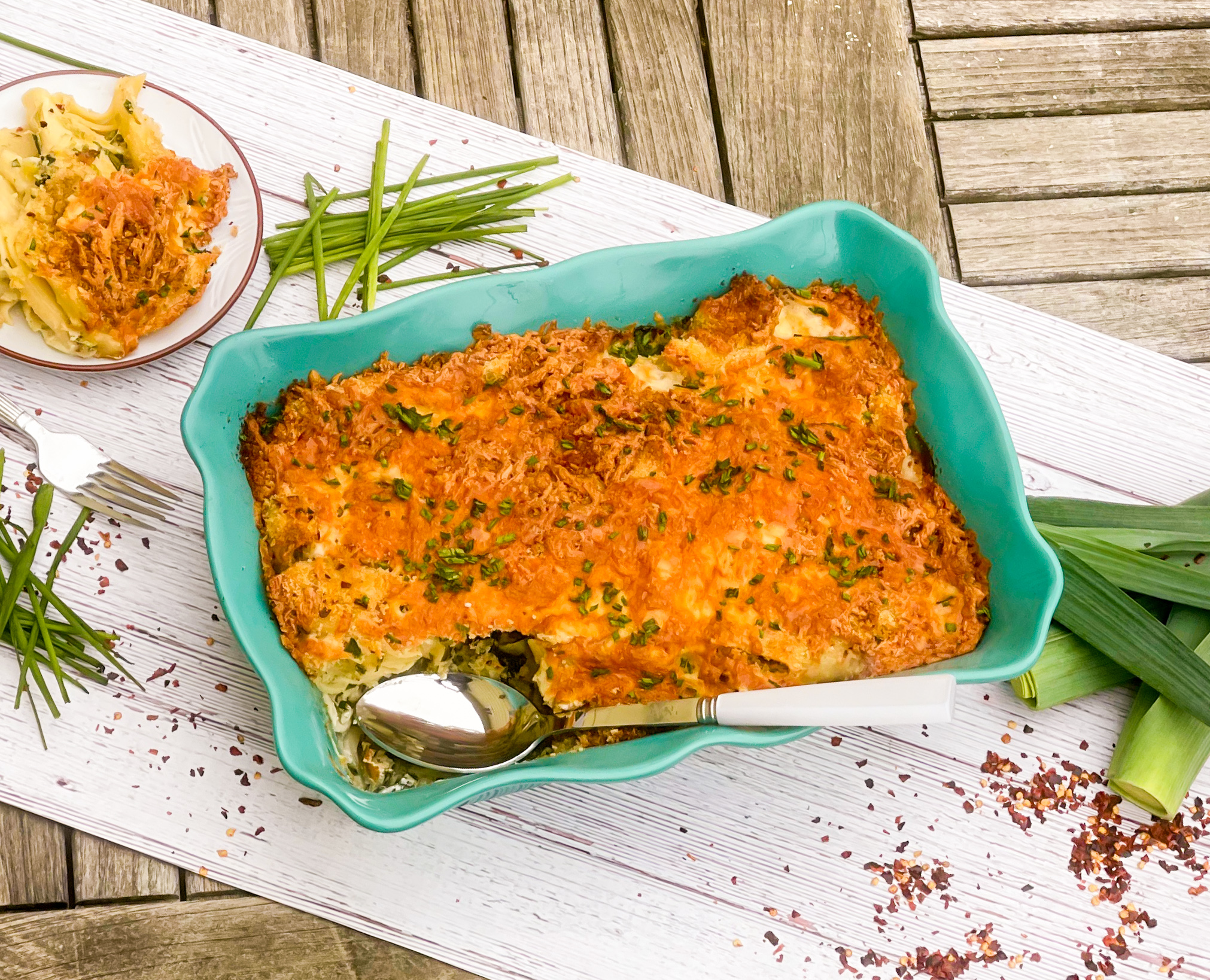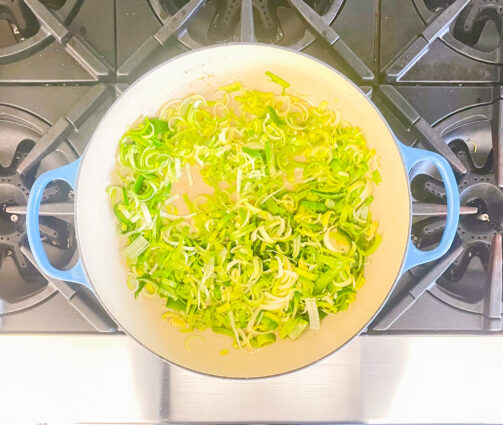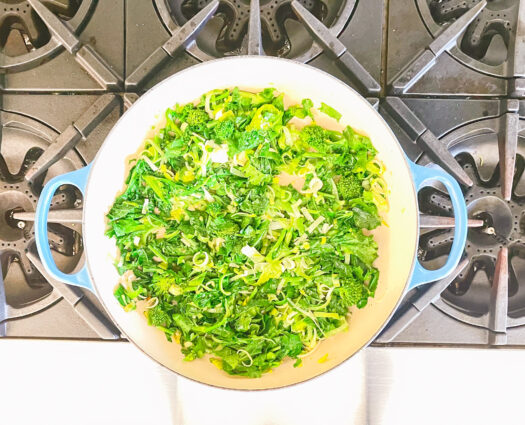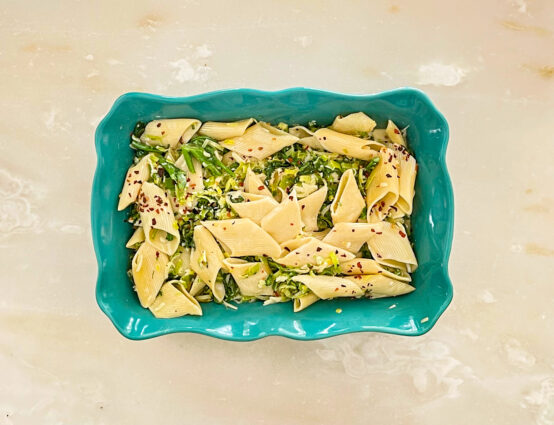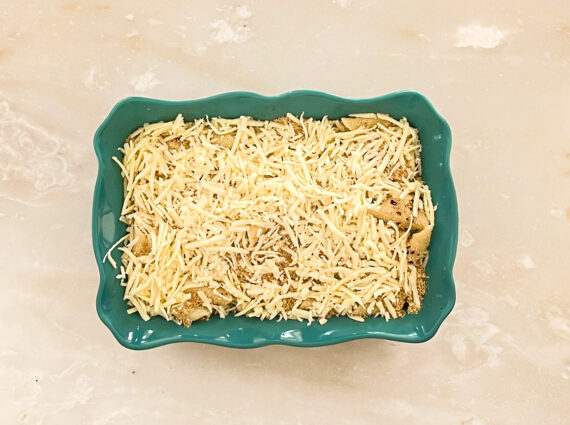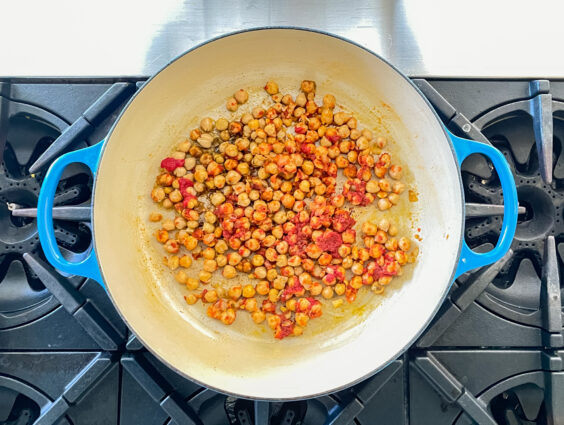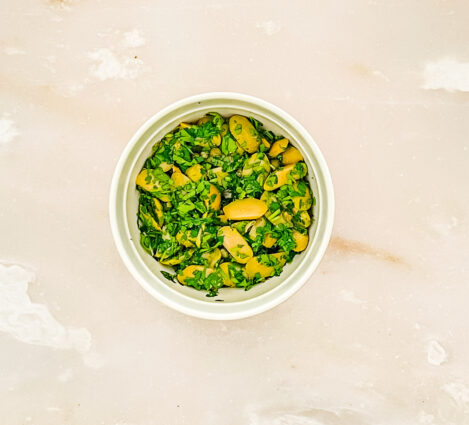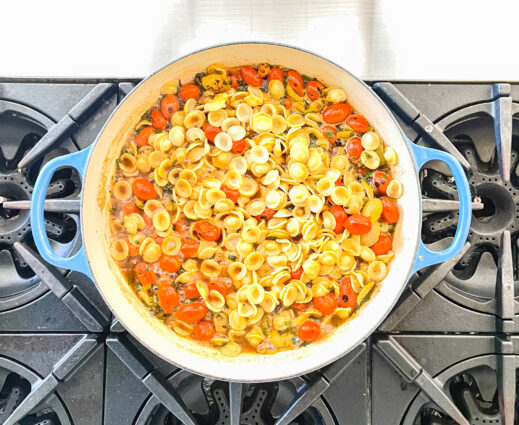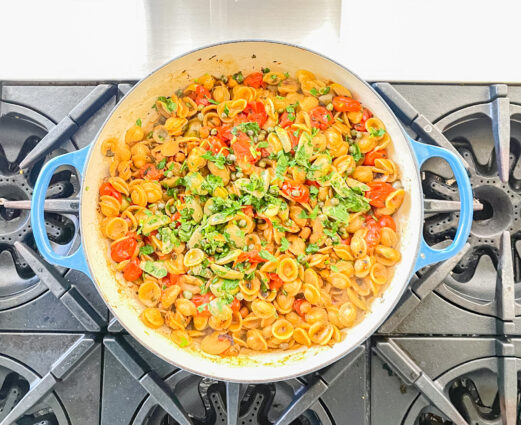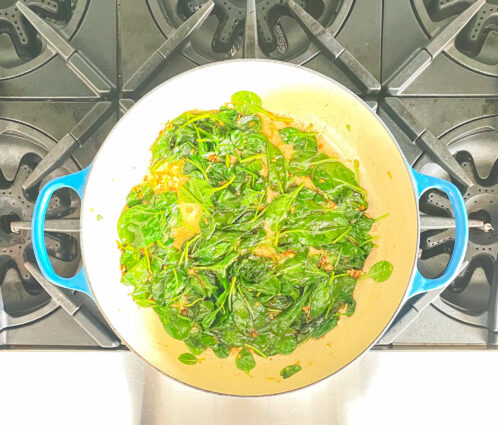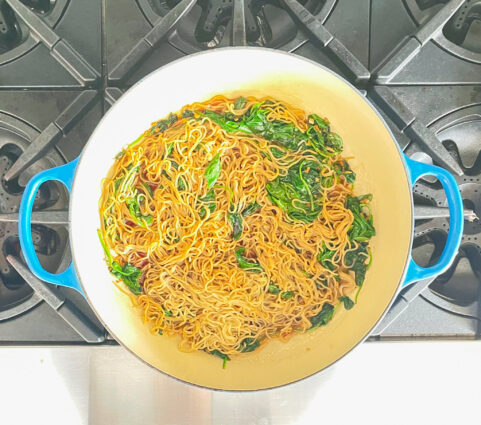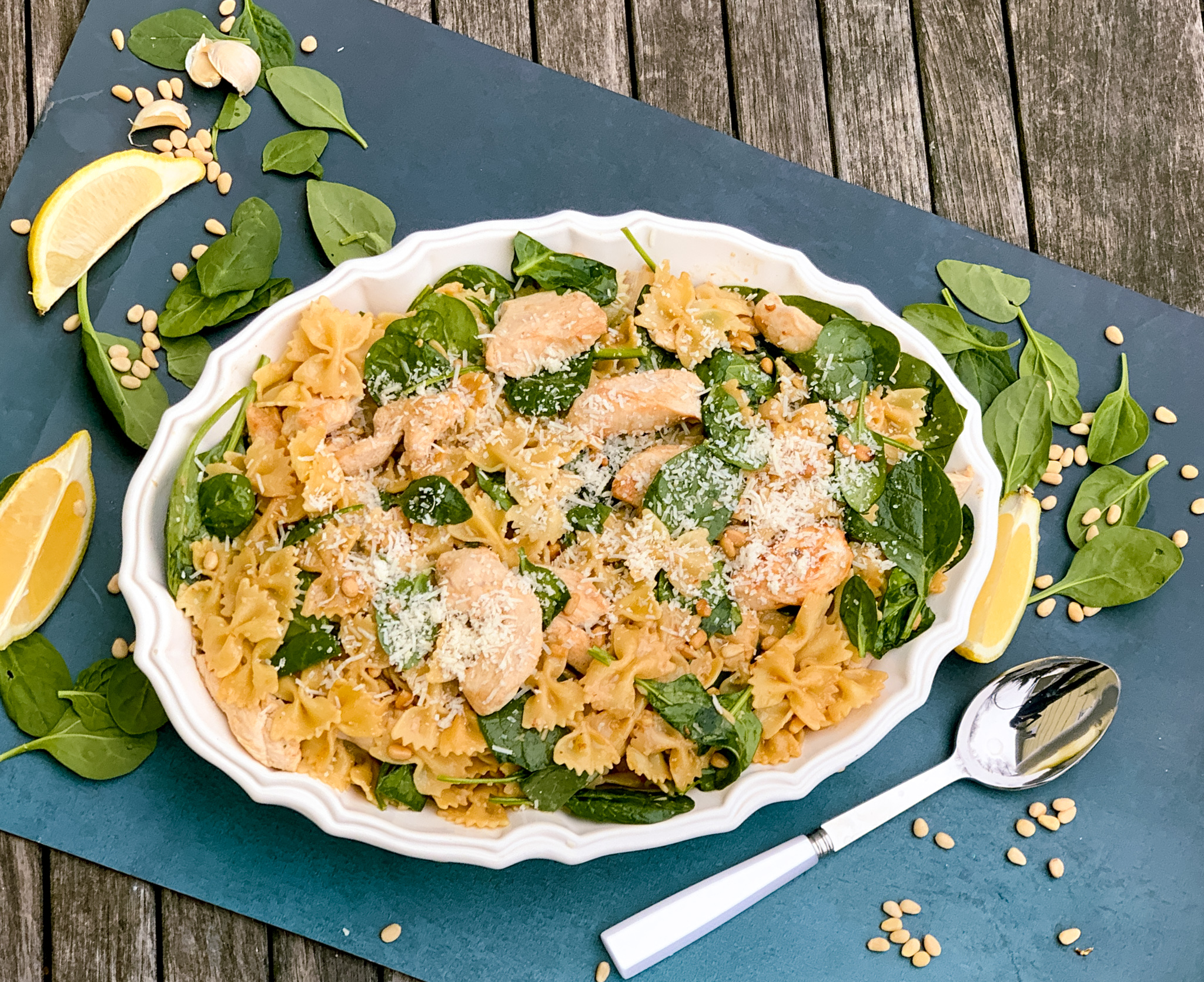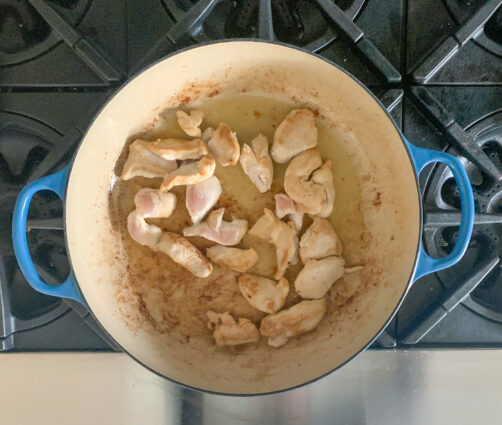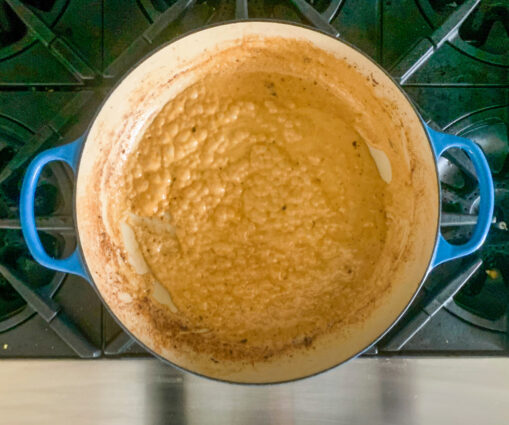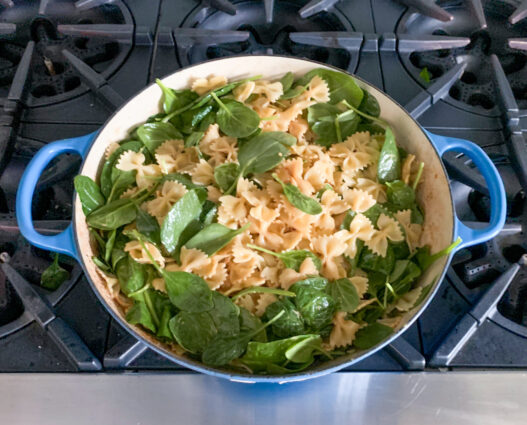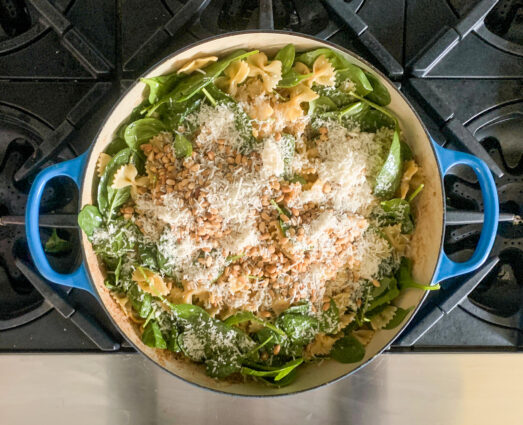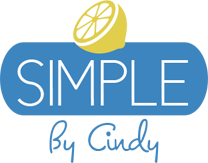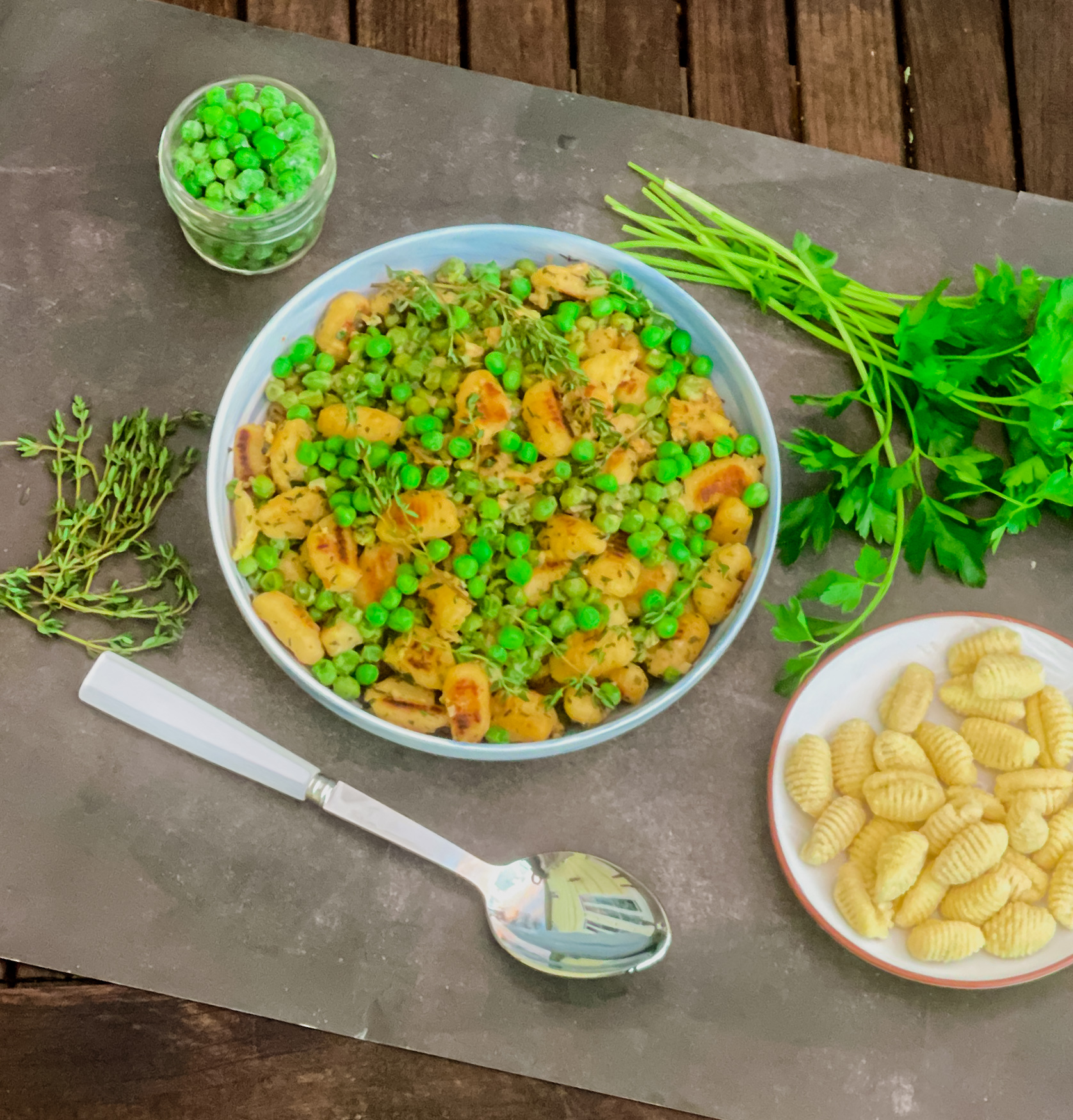
It seems that every day, we hear about something negative. News cycles latch onto the collective sorrow and hurt of the past year (or the past week), and spread it far and wide. In light of this, I would like to highlight one special person who has brought many a smile to my face: my aunt Esther. Esther, who is my mother’s sister, just turned 90 (congratulations!), is sweet as sugar, and has such a wonderful attitude toward life.
There were eight sisters and brothers in my mother’s family, and all of them had a tough childhood. As a result, they tended to have more severe personalities as adults. I remember going to holidays at my aunt Esther’s home, where we would all gather together. As children (and there were 20 of us cousins), we were not allowed to speak during the holiday service, or when one of the grown-ups were talking. Our Passover seders were very long, and most of us had quite a hard time sitting quietly for so long during the service, which was in Hebrew and Yiddish, which none of us understood.
My older cousins tried to make the most of it. One year, they brought comic books and put them inside their prayer books to make it look like they were following along. Oh boy, when they got caught, there were big problems! Even still, that never stopped them from trying each year to do something that would help them get through the long service.
Aunt Esther was always the one with a smile on her face and love in her heart. Her laugh rings through the house. You always knew when she entered the room, because she would always say something that made everyone laugh. She still does to this day. Right before the covid lockdown, she had aortic heart valve replacement surgery. Immediately after the surgery, she went to a nursing home for rehab. When they began to lock down the nursing homes, she begged her daughter to come and take her home, because she was stuck in a very small room with a roommate, and she was not getting the therapy she needed. My cousin took her home and she began her long recovery among family.
Despite these hardships, nothing gets her down. She is always positive and when you visit her, she is pleasant and upbeat. Unfortunately, she suffered a fall a few weeks ago and needed surgery on her elbow. She is recovering from that now, and you never hear a word of complaint out of her. When she sees you, a big smile lights up her face and you just want to hug her. She loves all her nieces and nephews, and shows such deep caring and interest in their lives.
I only hope that as I begin to get older, I inherit her positive attitude. It would have been easy for her to get into a negative mindframe, but she never did. Her positive attitude gives her the tools she needs to cope with life’s trials, and focus on all the good things instead of the bad. She is the most lovable person and such a joy to be with. If only all of us could face life like that!
Aunt Esther is one of my biggest fans. She loves to read my recipes and learn about the things I cook. She doesn’t cook a lick, but enjoys hearing about the process and professes that one day she will prepare one of my recipes.
Though she might not prepare it herself, this is one recipe that I know she will love. Potato gnocchi is a great alternative to pasta and even better when you toast it up in a pan. Toasting it is the way to go when you buy it ready made from the store. Boiling it according to the package directions does not add much of anything to the gnocchi, but toasting it gives it a caramelized, nutty flavor that goes with any spice that you choose to use. The garlic, parsley, and thyme add savory goodness, and the lemon gives it just the right amount of tang. Cooking them in chicken broth adds a deep, rich flavor, and a nice color. The peas are the star of this side dish, giving it a springtime finish with bursts of flavor in every bite. Topping it off with Parmesan cheese brings this dish to perfection.
This recipe is courtesy of Southern Living and will serve 6 people who will light up like my aunt Esther.
Ingredients for Skillet-Toasted Gnocchi with Peas:
1/4 cup salted butter, divided
1 (16-oz.) package potato gnocchi
1 tablespoon minced garlic (about 1 large garlic clove)
2 teaspoons chopped fresh thyme
1 1/2 cups reduced-sodium chicken broth
1/2 teaspoon kosher salt
1/2 teaspoon black pepper
1 (10-oz.) package frozen sweet peas, thawed, or 1 1/2 cups shelled fresh sweet peas
2 tablespoons chopped fresh flat-leaf parsley
1 teaspoon lemon zest plus 1 Tbsp. fresh juice (from 1 lemon)
2 ounces Parmesan cheese, grated (about 1/2 cup)
Heat 2 tablespoons of the butter in a large nonstick skillet over medium-high; add gnocchi, and cook, stirring occasionally, until browned all over, about 10 minutes.
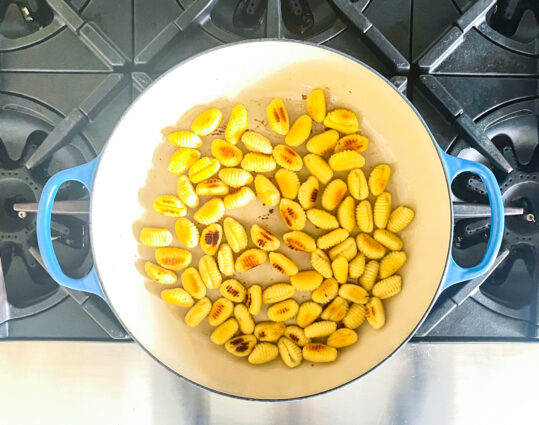
Add garlic and thyme, and cook, stirring often, until fragrant, about 1 minute.
Add broth, salt, and pepper; bring to a simmer, and cook until reduced by about half, 4 to 5 minutes.
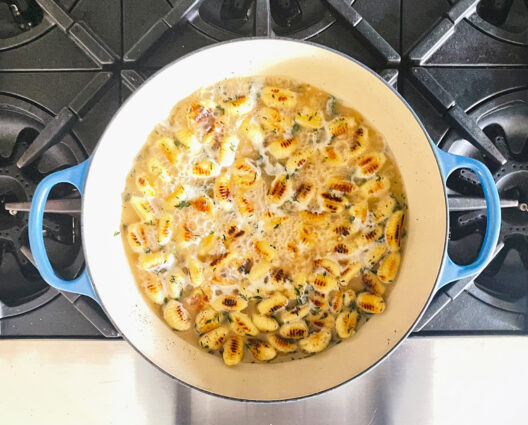
Add peas, parsley, lemon zest, lemon juice, and remaining 2 tablespoons butter; cook, stirring constantly, until butter melts, about 1 minute.
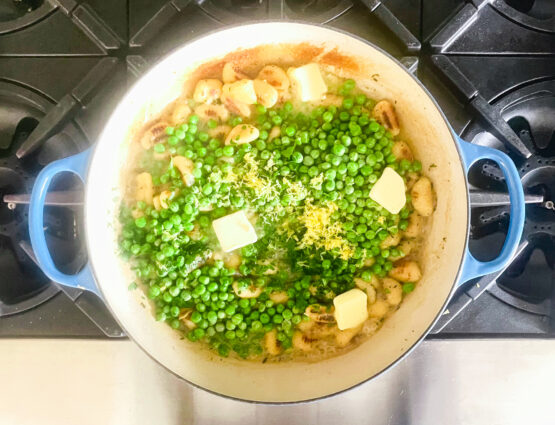
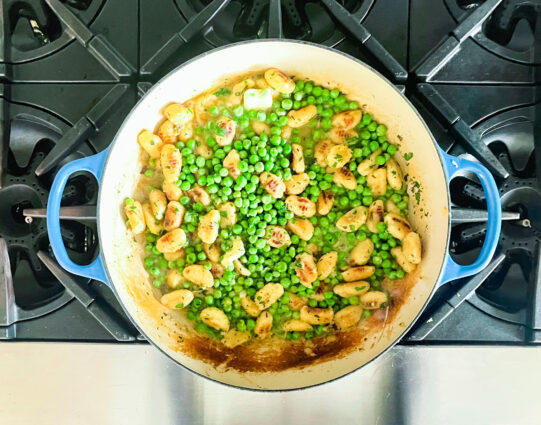
Top with Parmesan, and serve immediately.
It’s that simple!

